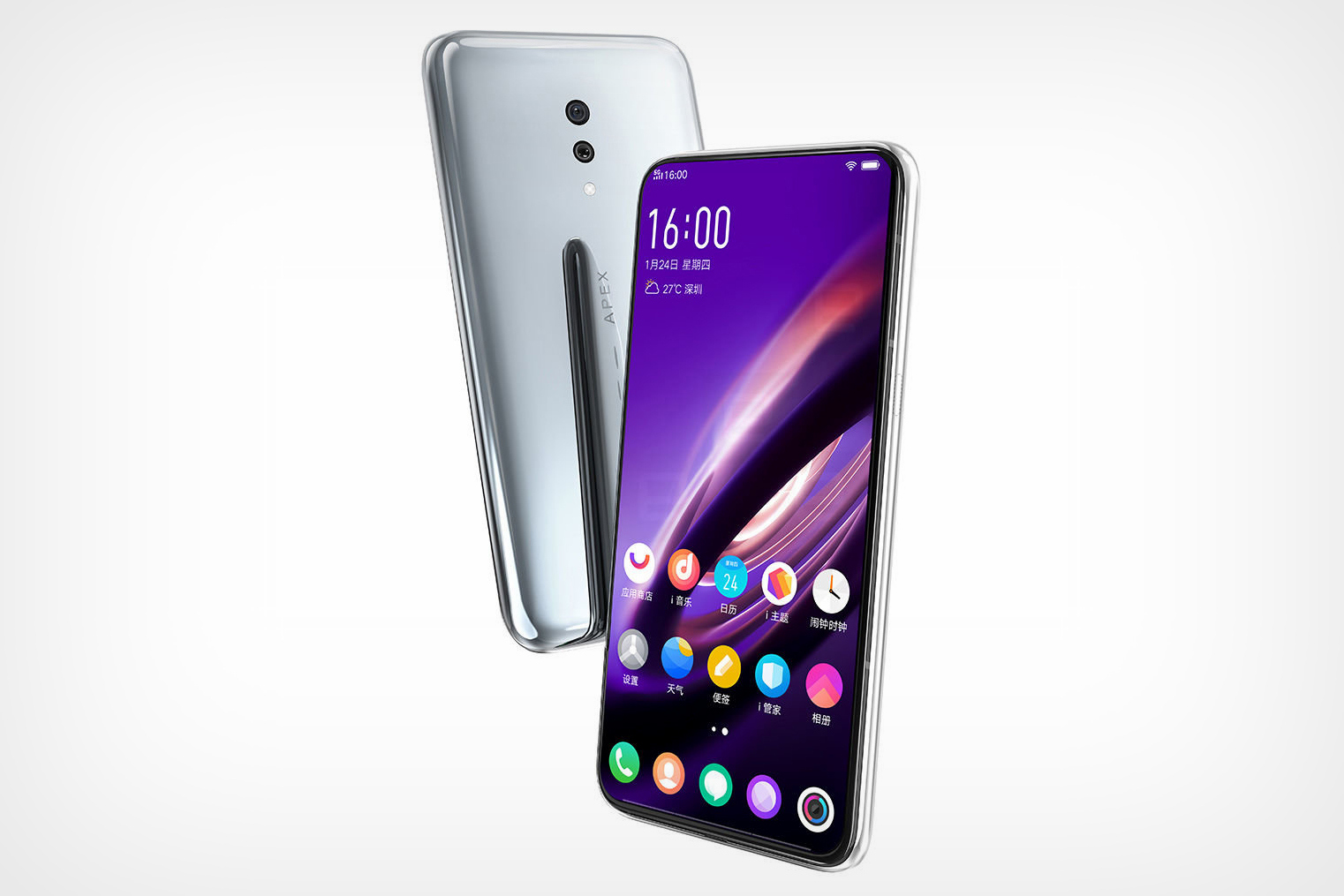
A triumph of minimalism, the Vivo Apex 2019 concept phone is, in many ways, what the iPhone should have become. Pure and pristine in every sense, and made completely from glass (something Apple even patented in 2014) with no trims or embellishments, barring the cameras, the Vivo Apex 2019 is quite literally flawless. It ditches the buttons and the ports (completely functional details, if you think about it) and puts aesthetics on a pedestal. Obviously, this raises a few questions… like how do you insert a sim-card, or bootload the phone without physical buttons, or even wire-charge the phone, but that’s not something Vivo is really concerning themselves with immediately, given that the Apex is just a proof-of-concept at the moment, intended at showcasing Vivo’s vision for the future of smartphone aesthetics. Oh yeah, the future has no notch too, so a big thumbs up there.
The front of the Apex 2019 is perhaps just as eye-catching as the back, with a full edge-to-edge screen and a minimal bezel. There’s no notch, but there’s a slight hint at the phone having a chin, which is where I surmise Vivo’s planning on putting their front-facing camera. The phone also comes with a full-screen fingerprint sensor, eliminating the need for an extra blemish/sensor on the phone’s otherwise-pristine body. Flip the phone on its back and it literally has two cameras, a flash, the branding, and a barely visible set of magnetic connector points that I suspect will be for modular attachments like a jack or physical buttons or perhaps a SIM to eSIM converting device. Who knows. Let’s just focus on basking in the beauty of this perfect, unblemished, piece of smartphone purity. Ahhh…
Designer: Vivo
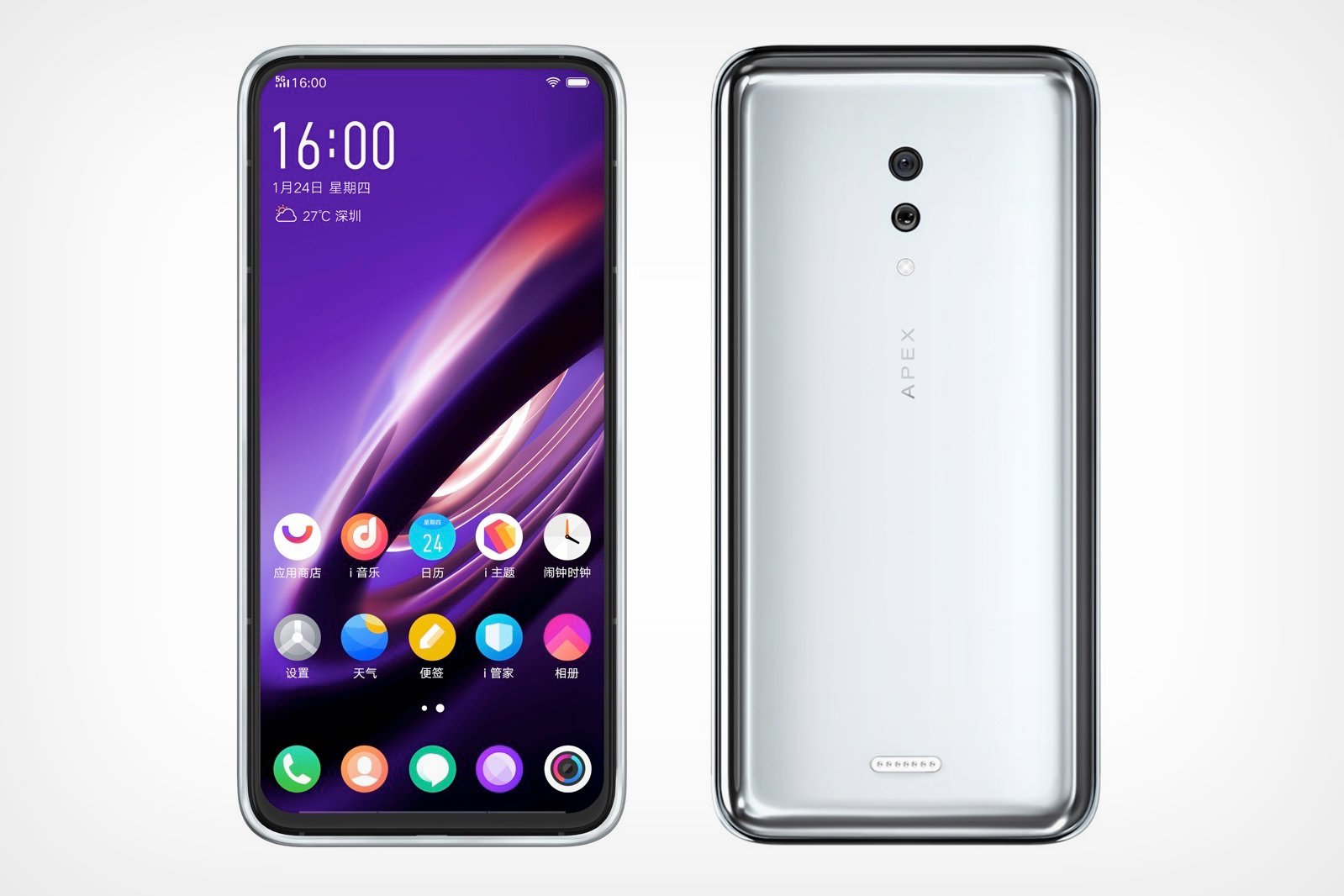
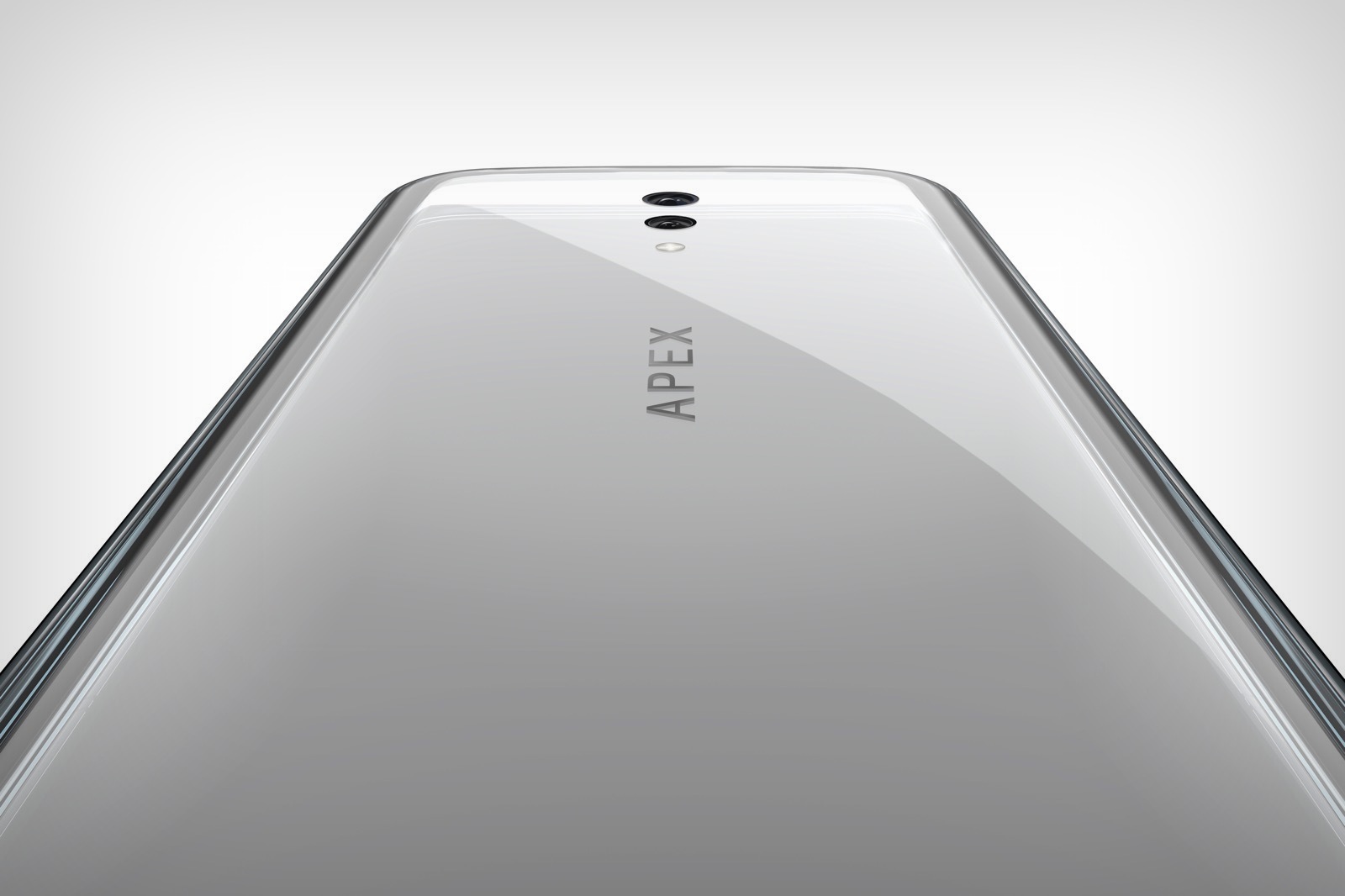
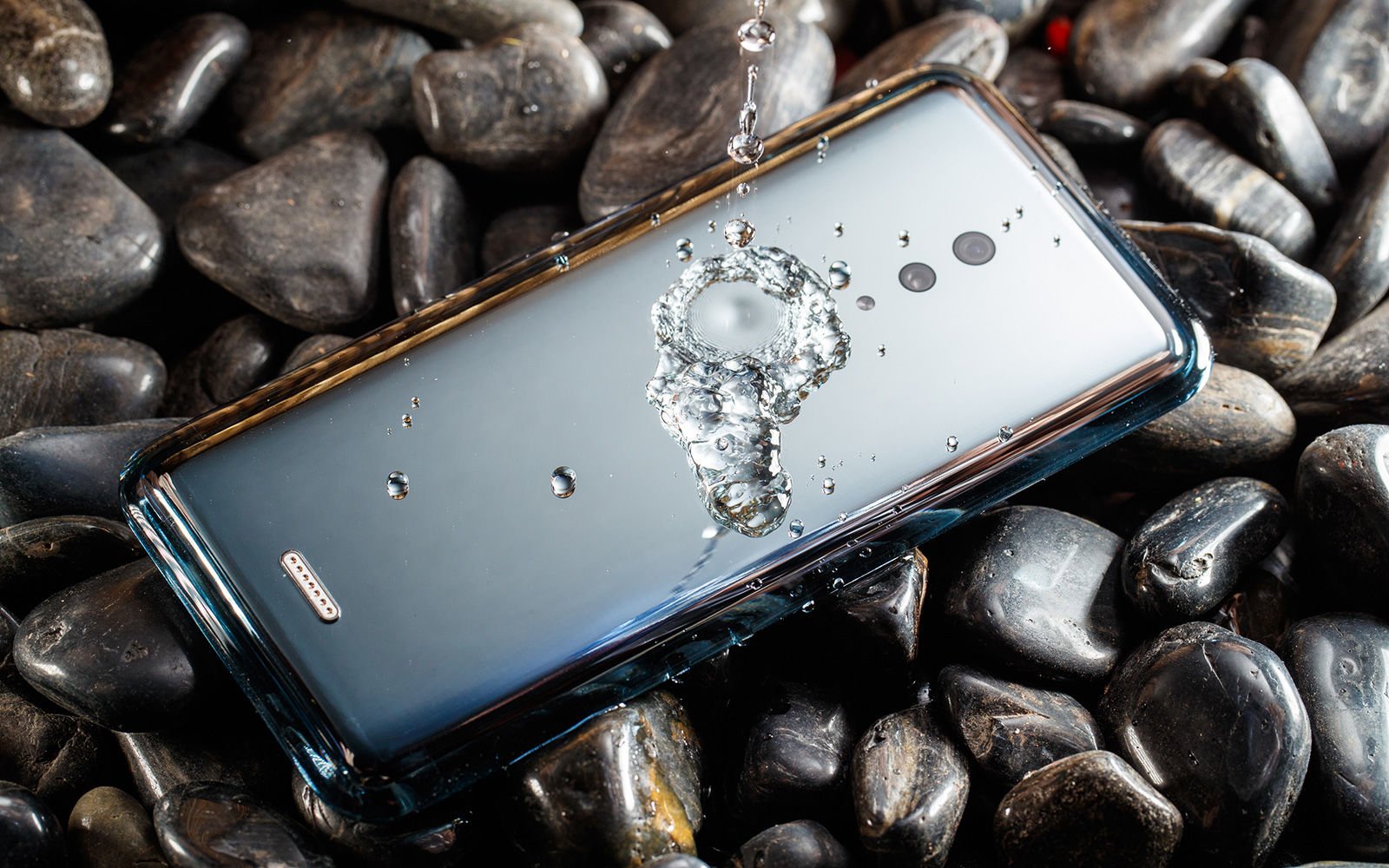
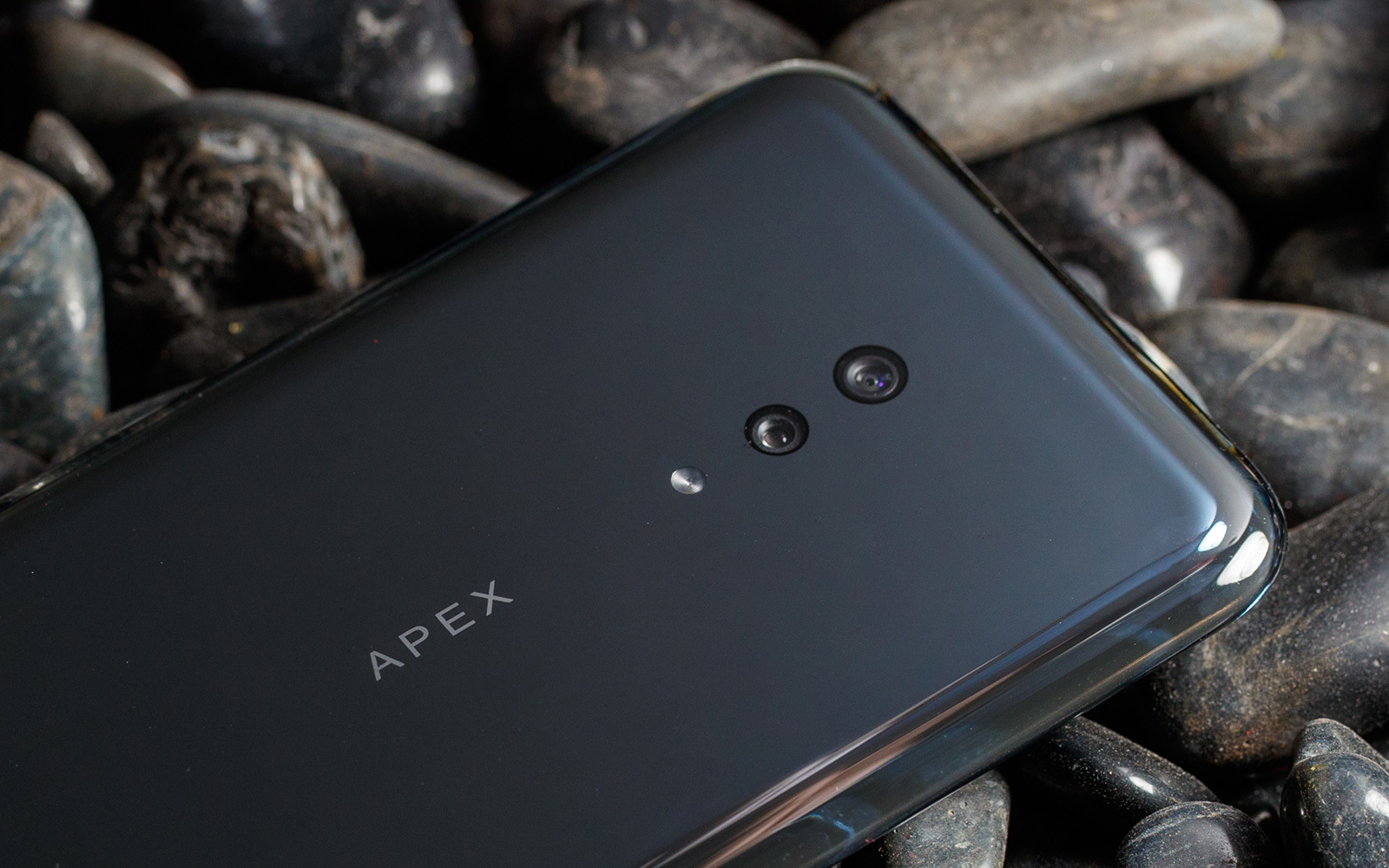
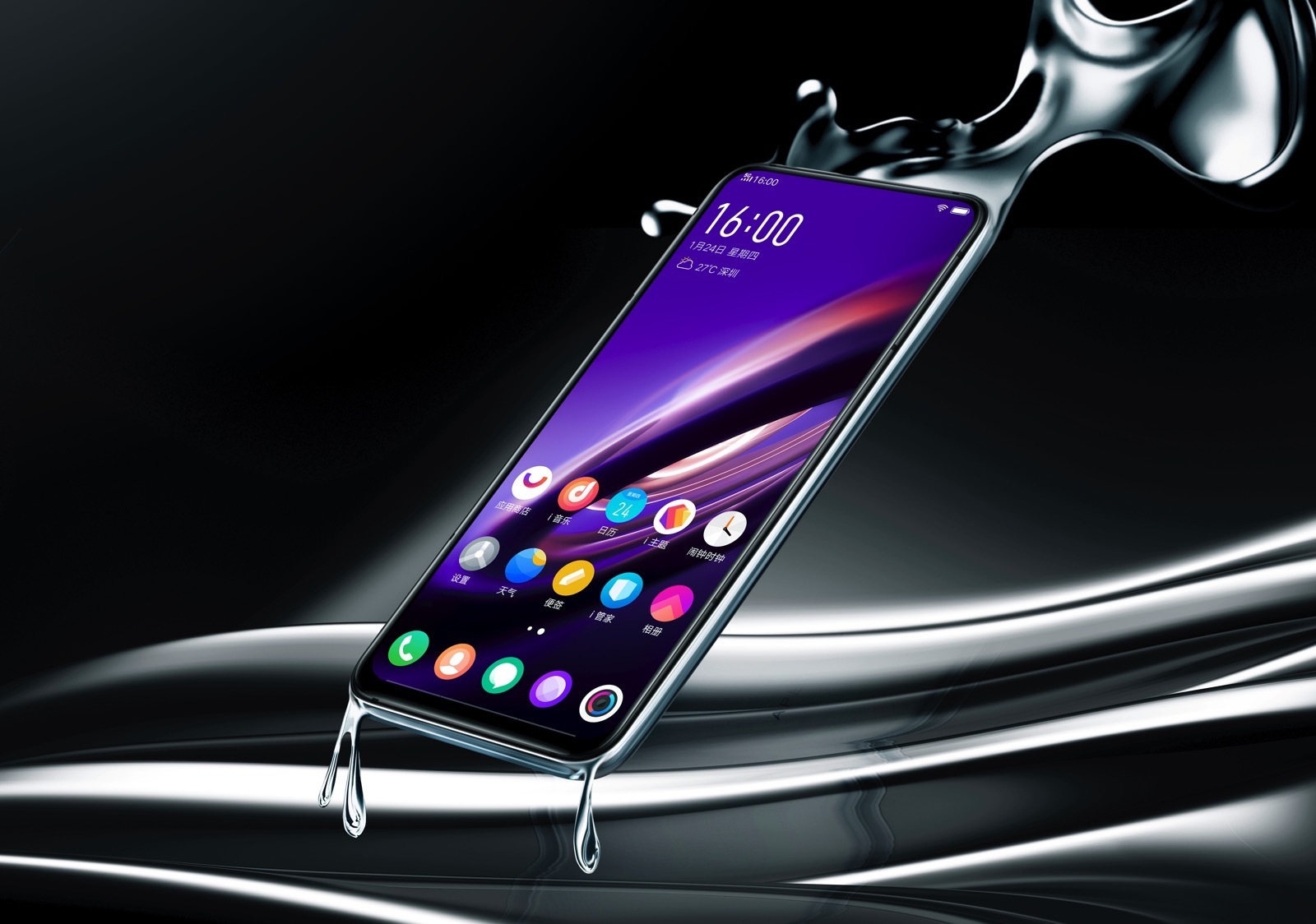
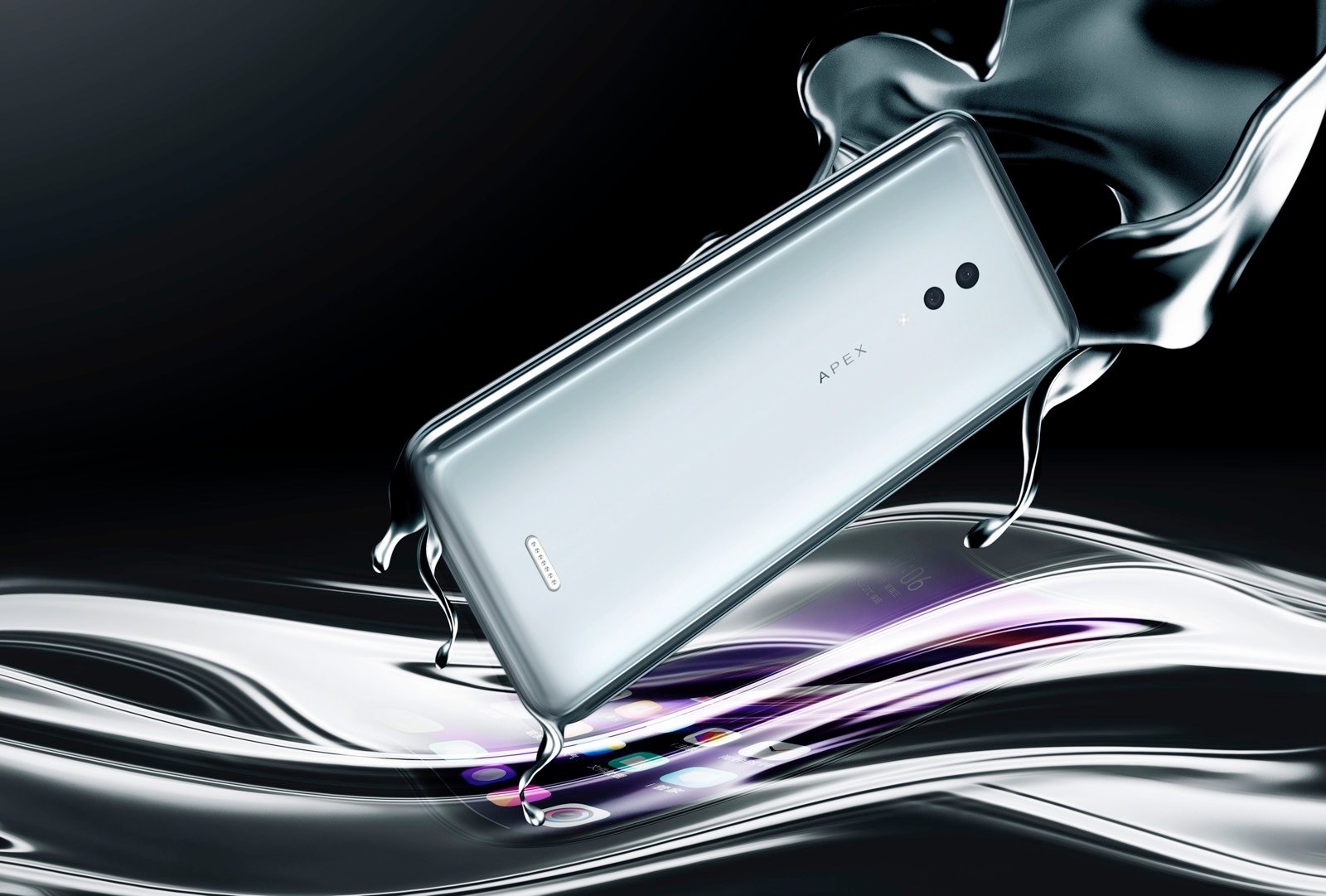


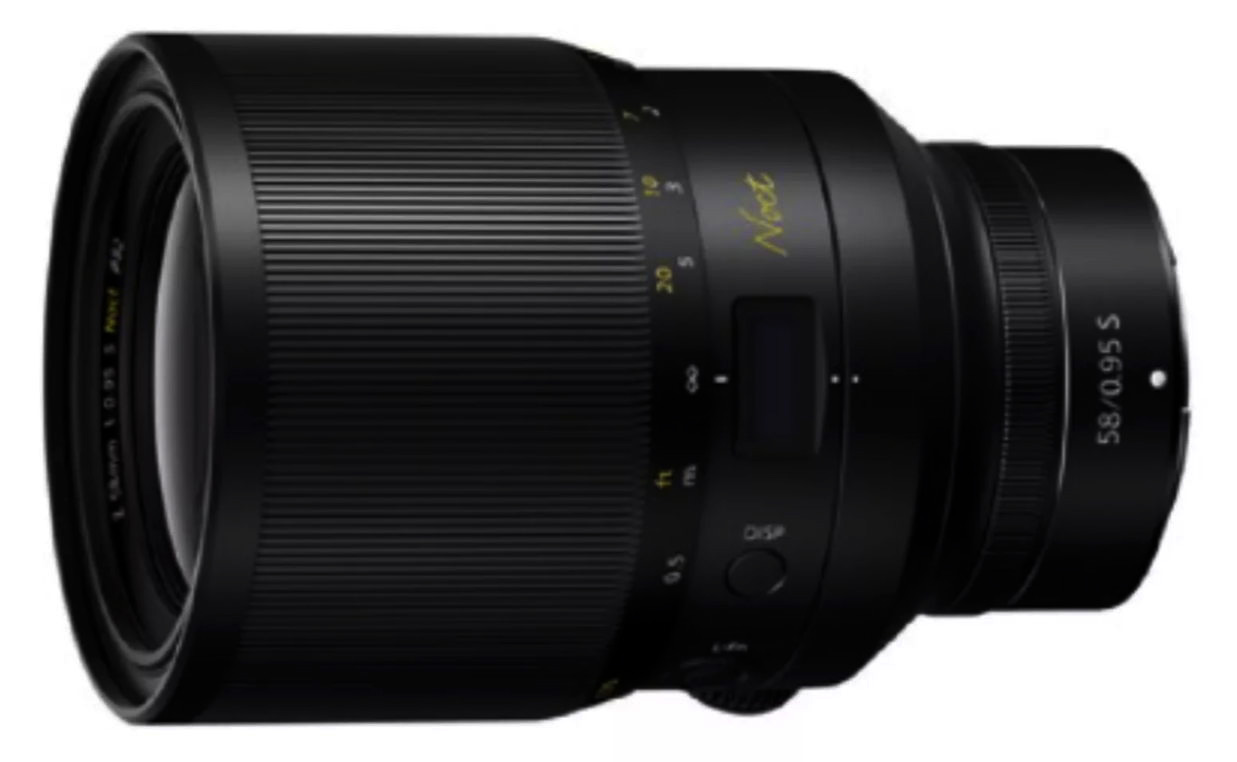 When you see Nikon's new Z6 and Z7 mirrorless cameras, the first thing that stands out is that massive 55mm lens mount. With the announcement of a new lens (under development), Nikon has shown exactly why it's that large. The manual focus Z-Noct f/0....
When you see Nikon's new Z6 and Z7 mirrorless cameras, the first thing that stands out is that massive 55mm lens mount. With the announcement of a new lens (under development), Nikon has shown exactly why it's that large. The manual focus Z-Noct f/0....
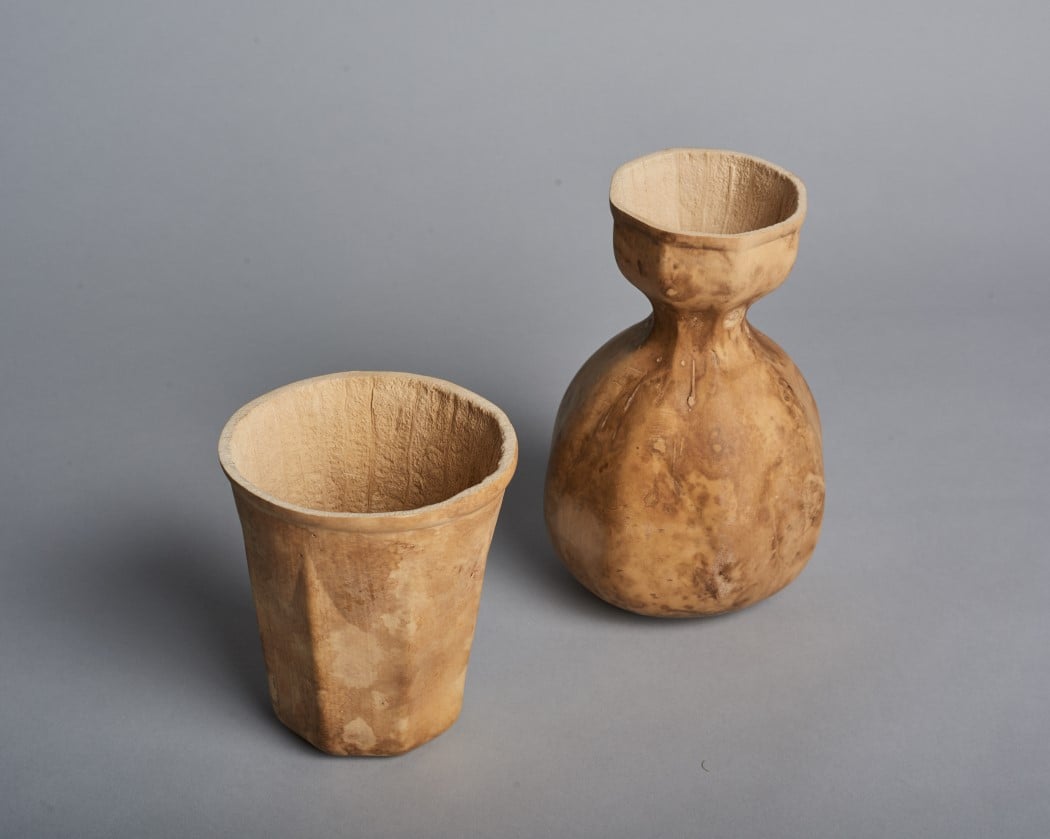
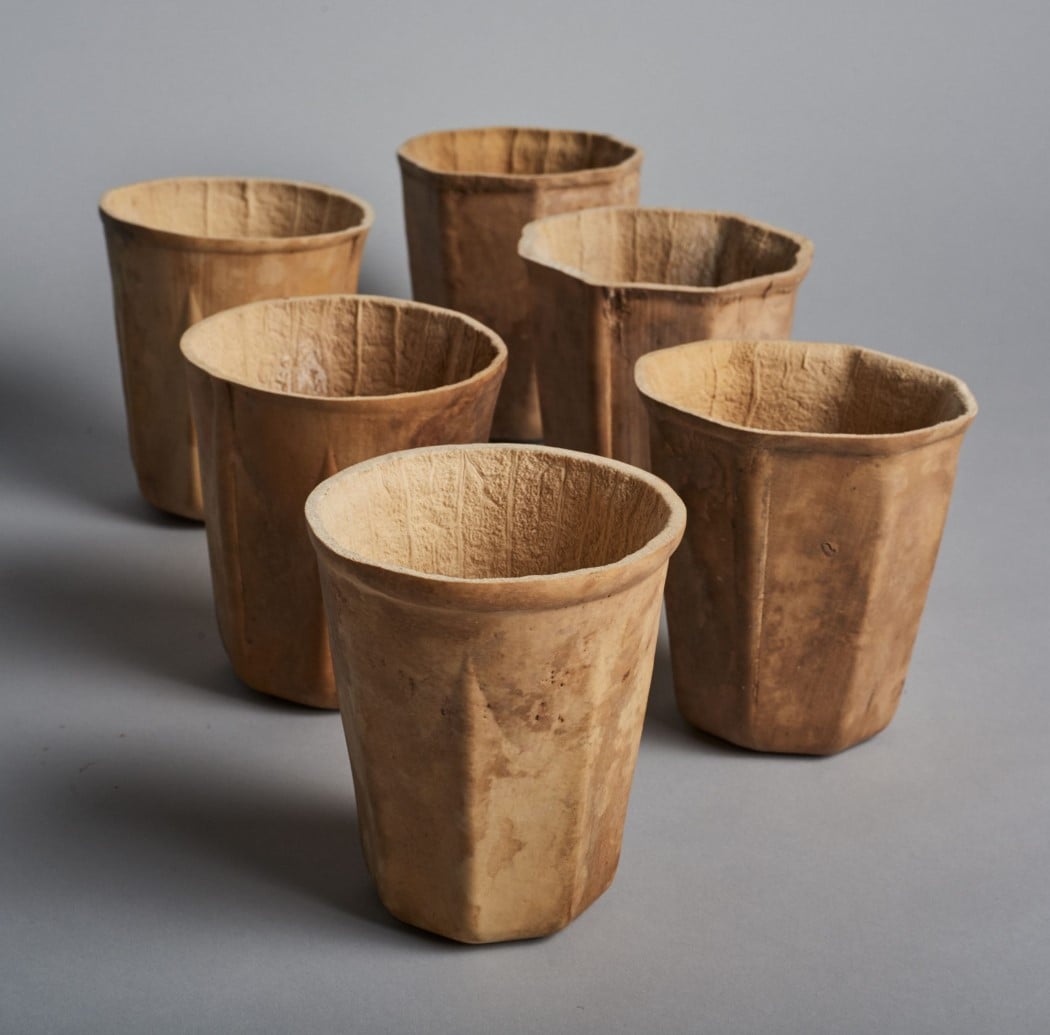
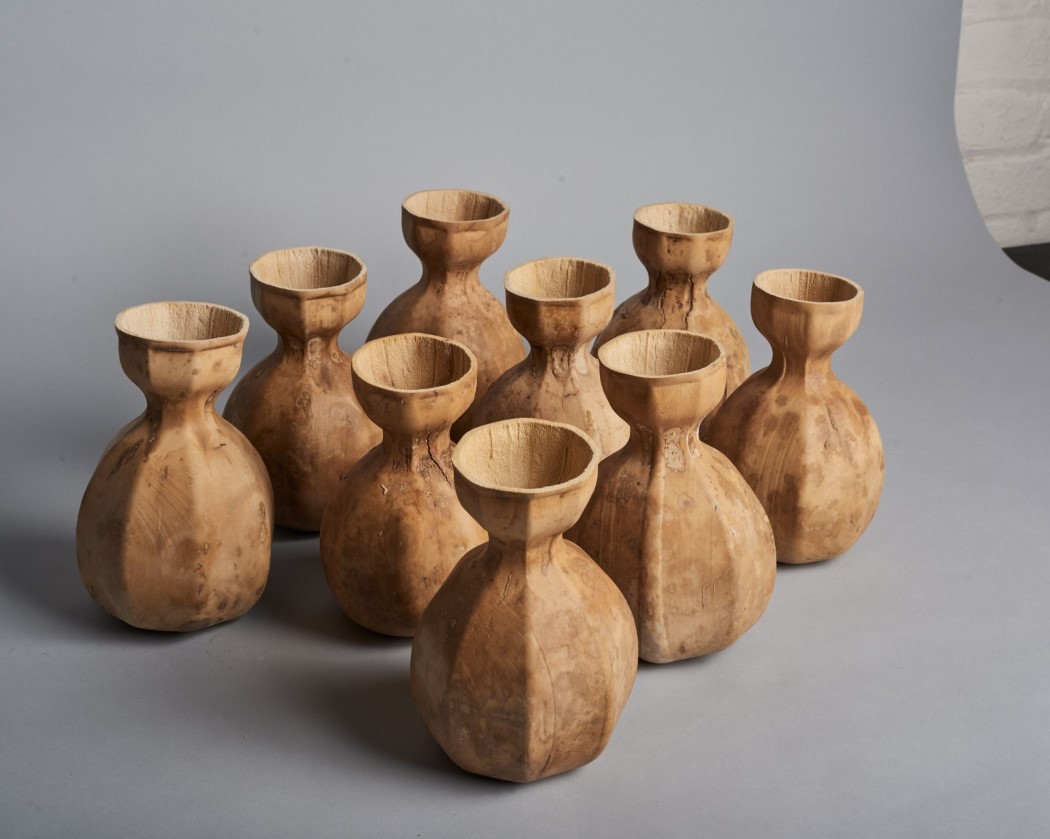
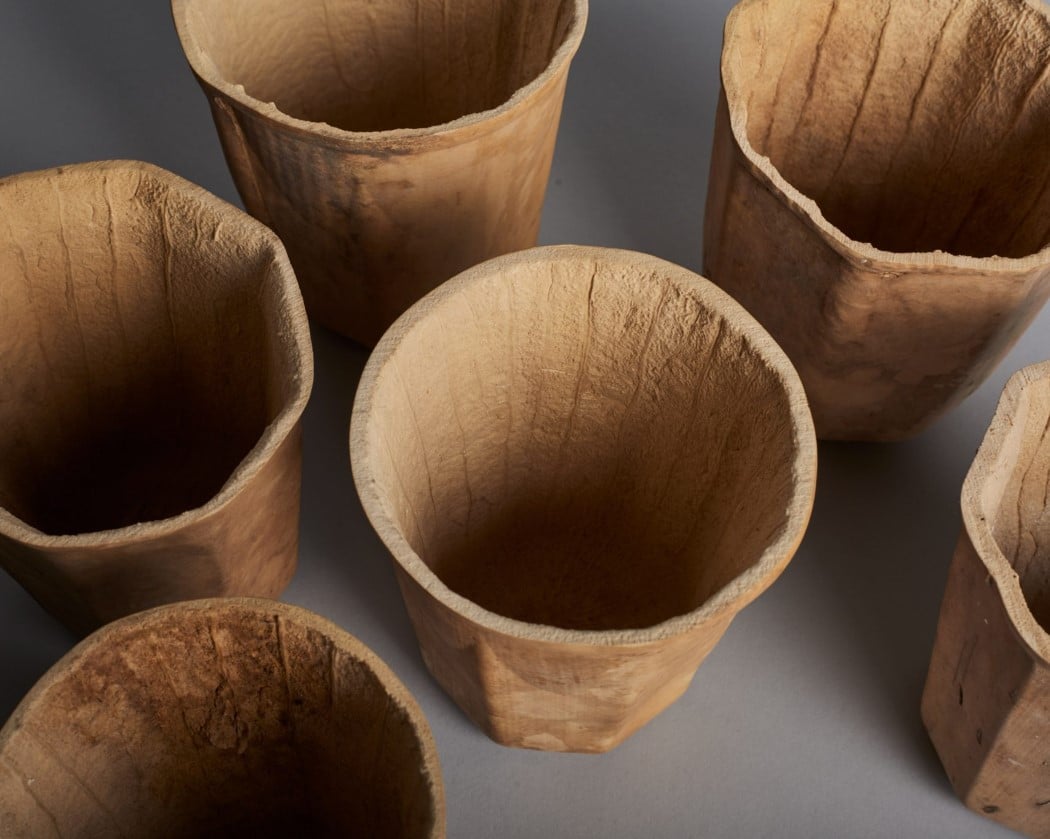
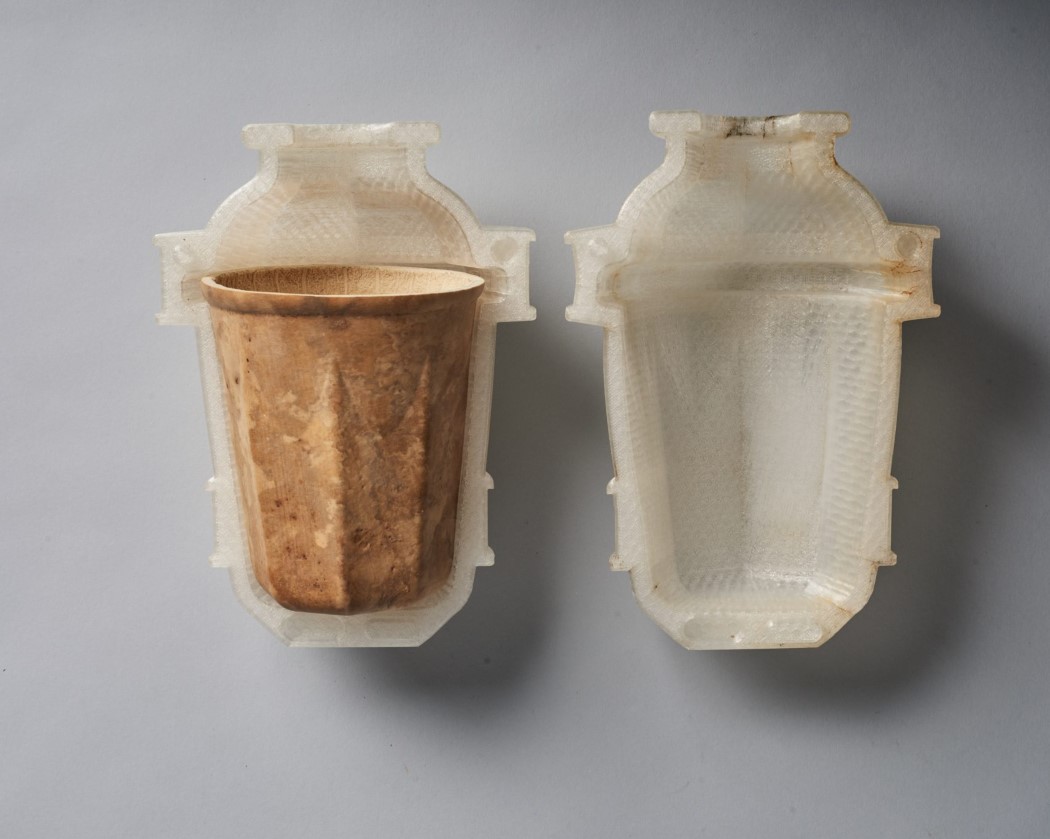
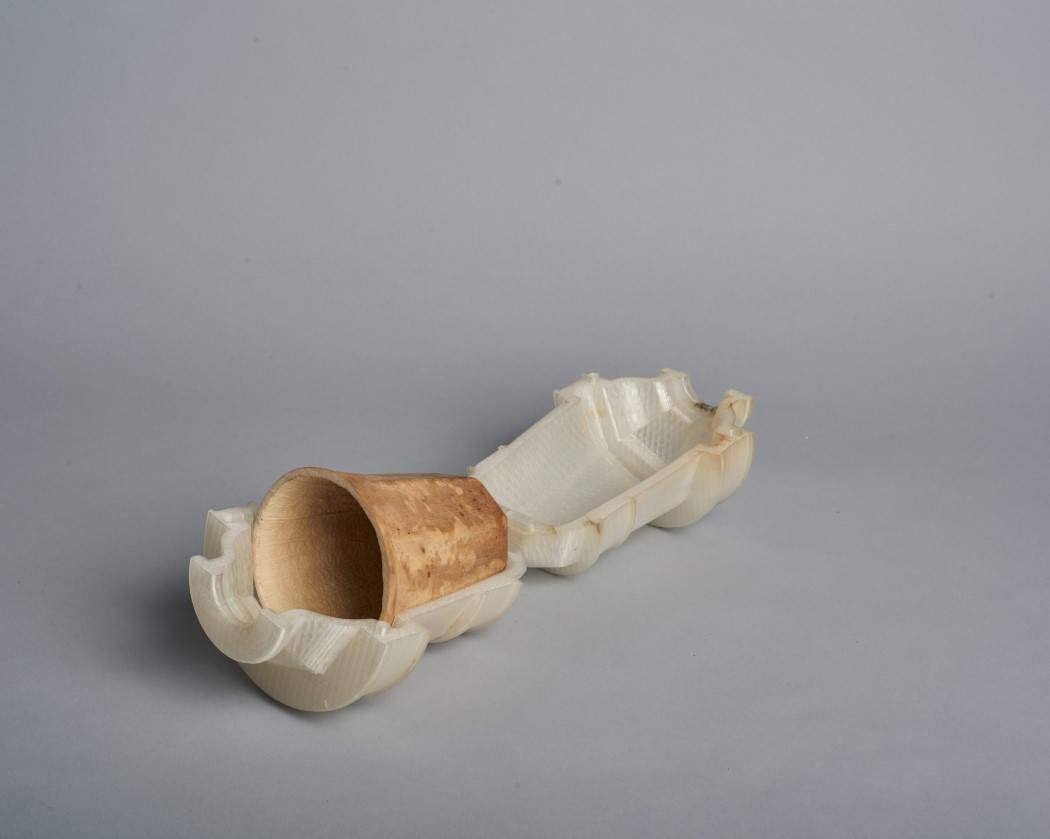
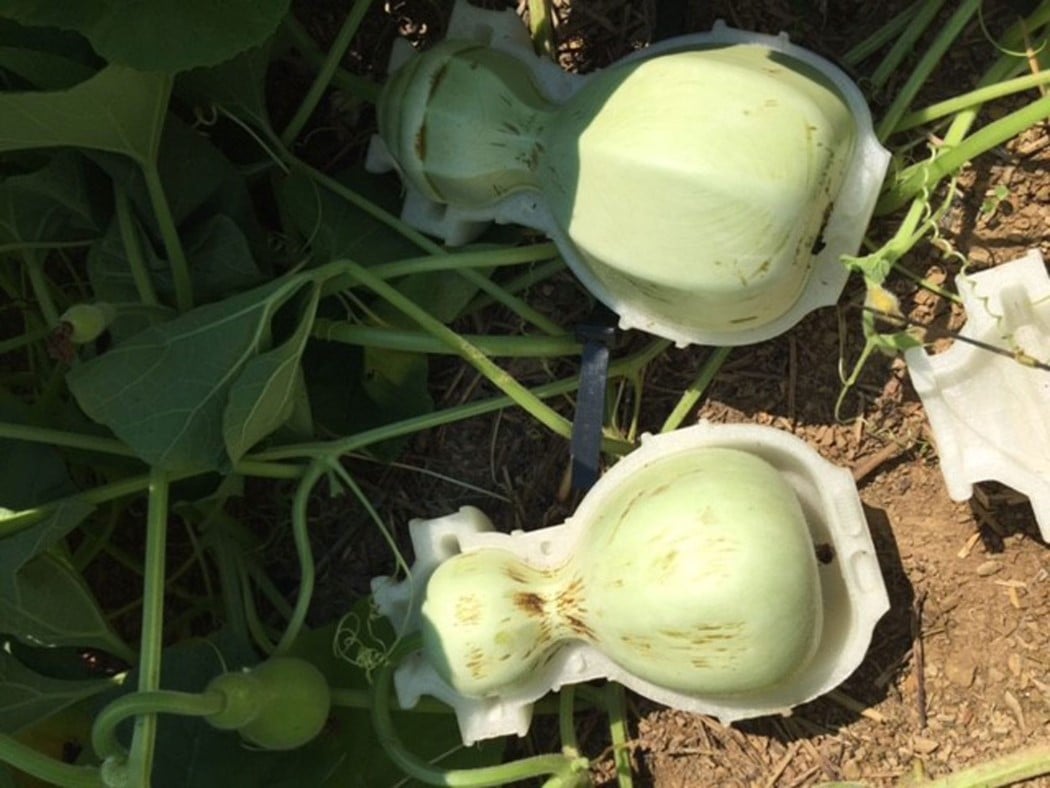
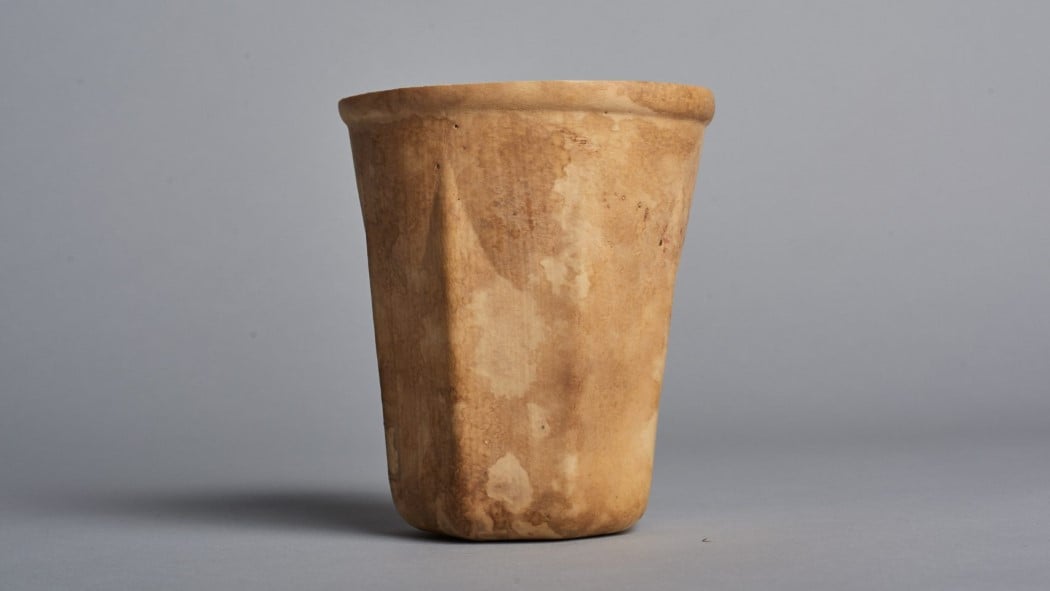
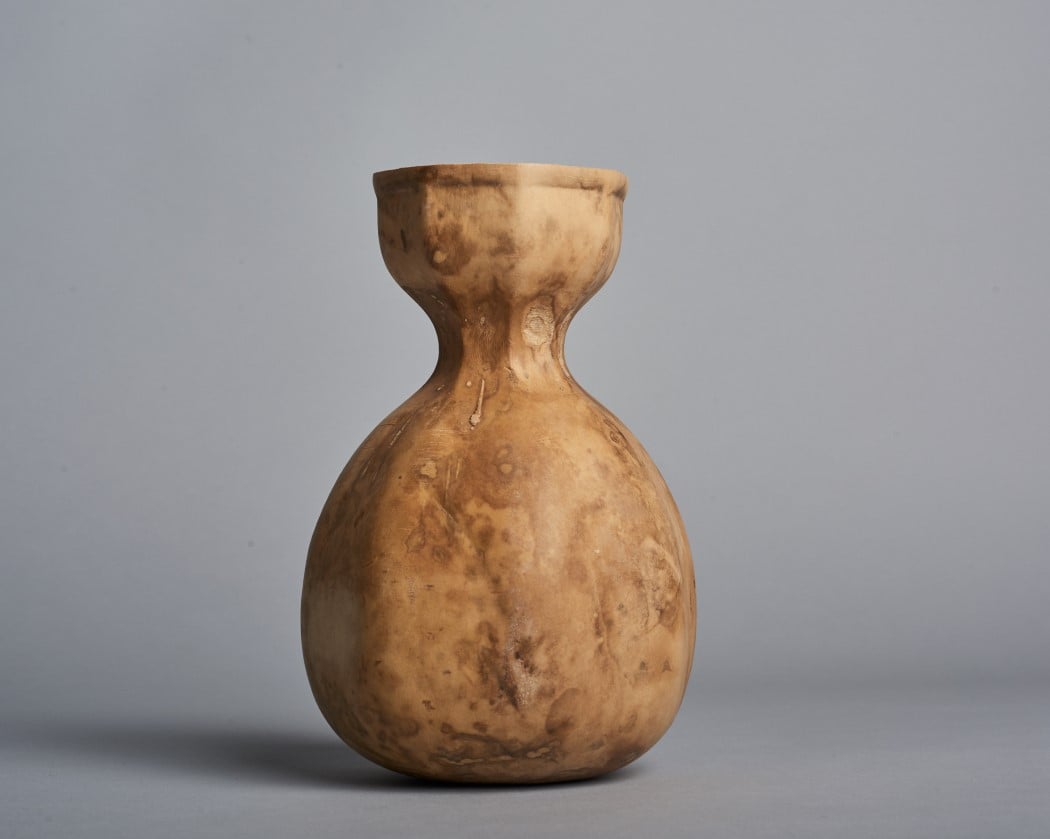
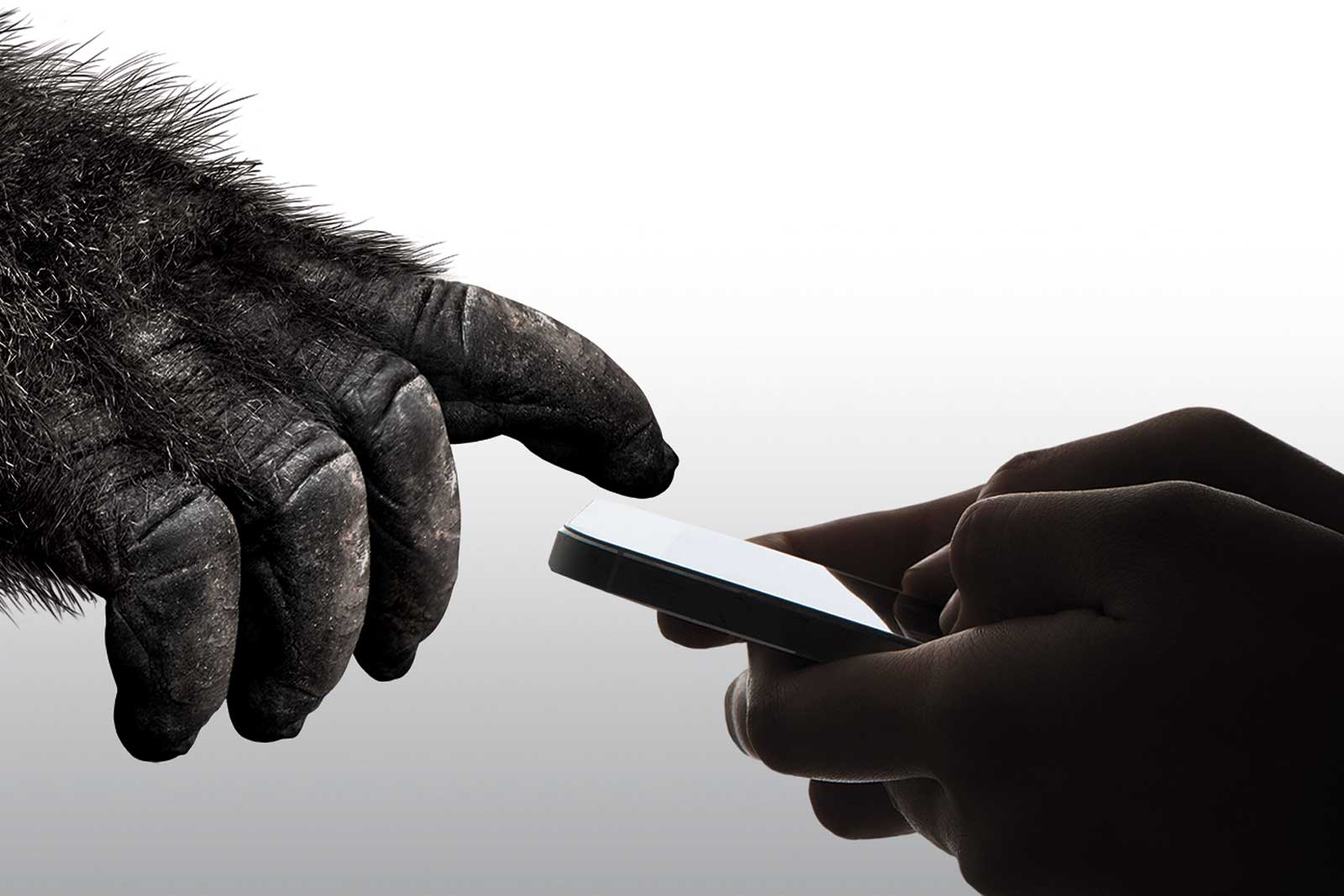 Toughened glass has long protected your phone against a singular drop, but one-and-done isn't how it works in real life -- we've all seen butterfingers users whose device falls to the floor on a seemingly weekly basis. Those not-so-coordinated peopl...
Toughened glass has long protected your phone against a singular drop, but one-and-done isn't how it works in real life -- we've all seen butterfingers users whose device falls to the floor on a seemingly weekly basis. Those not-so-coordinated peopl...
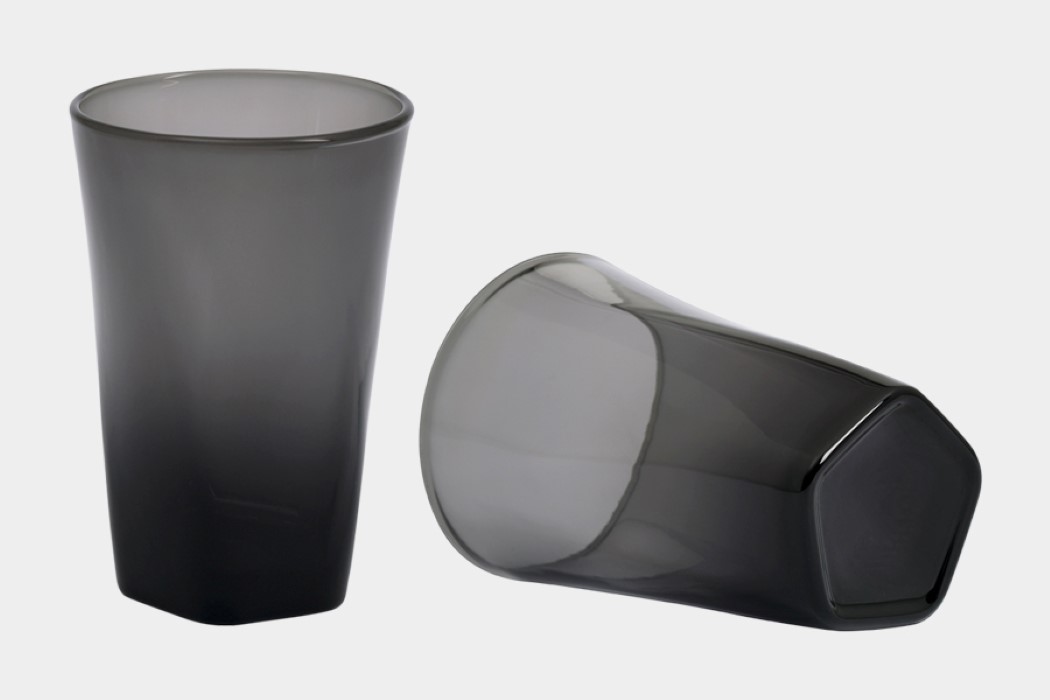
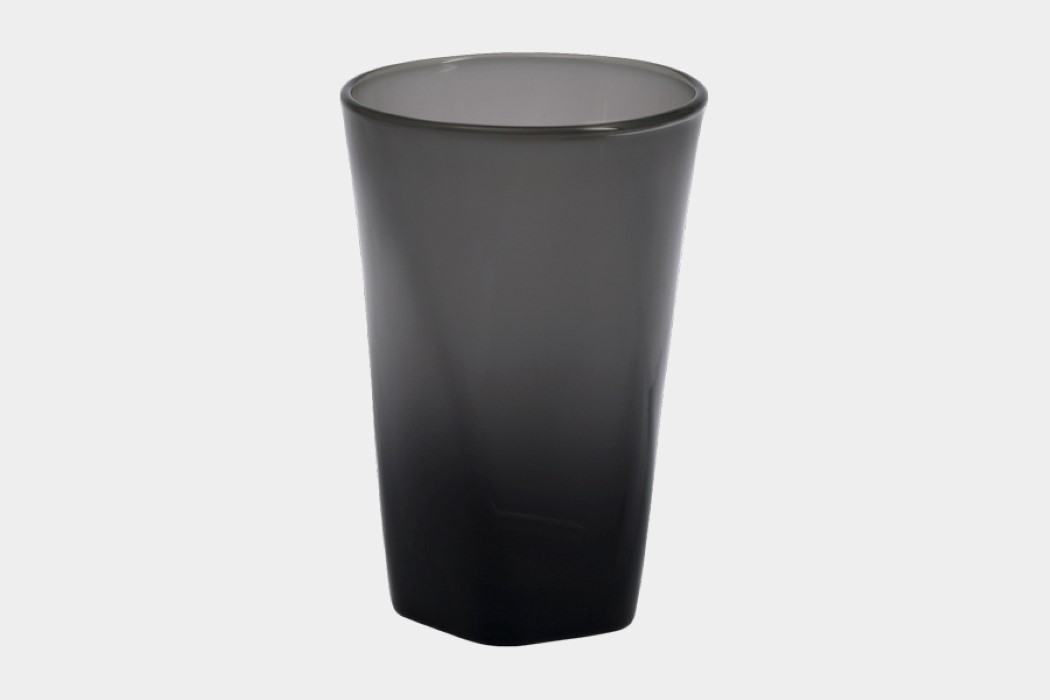
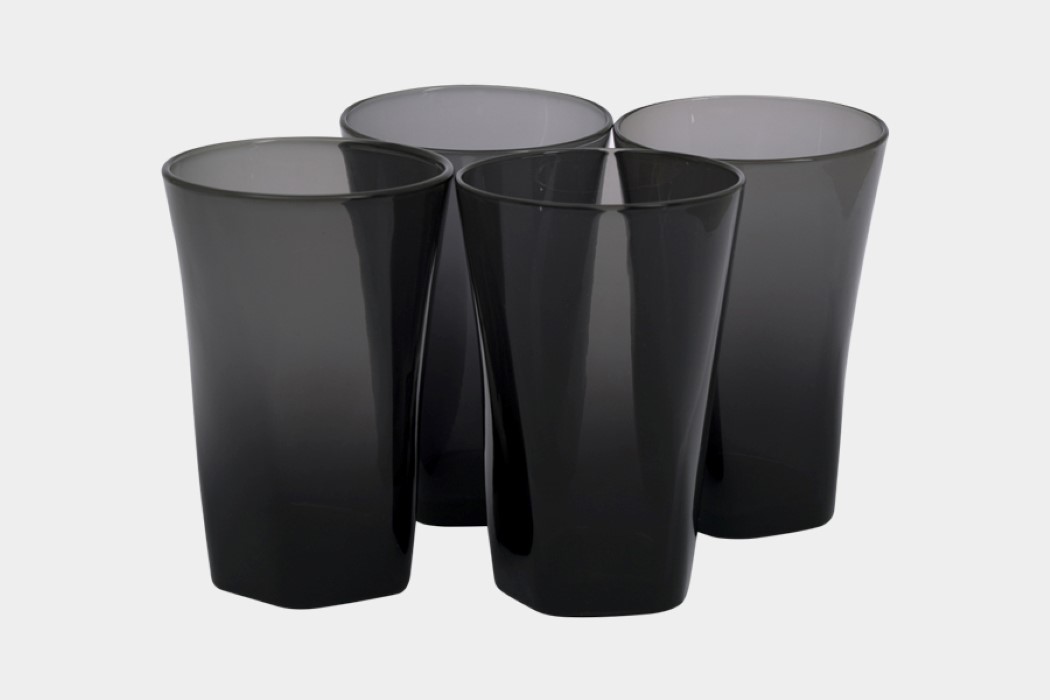
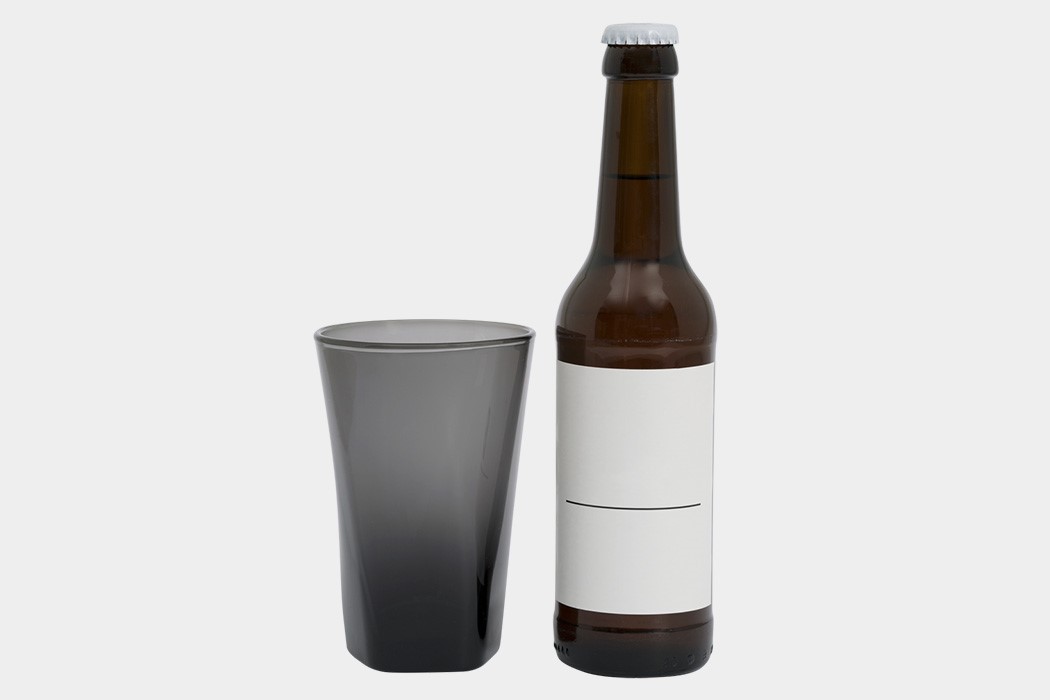
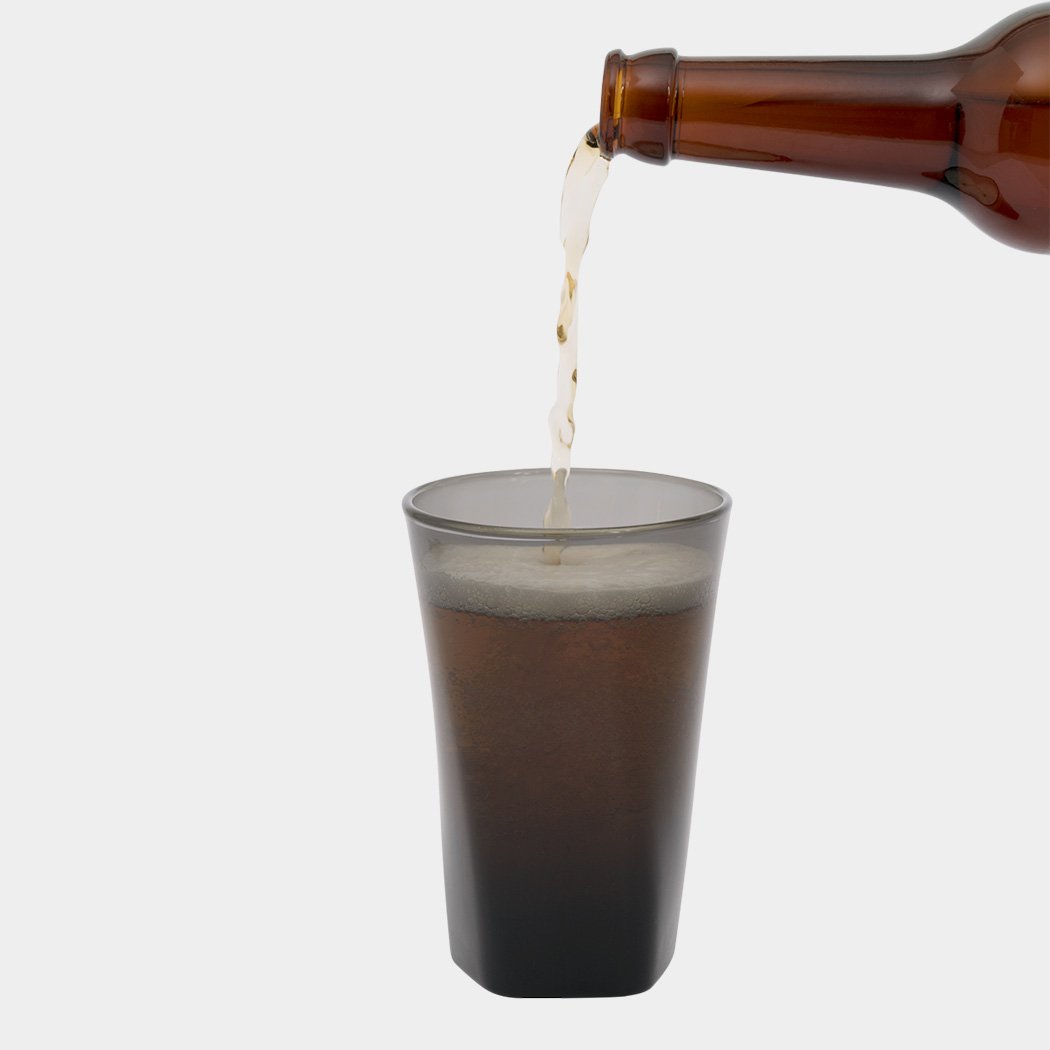
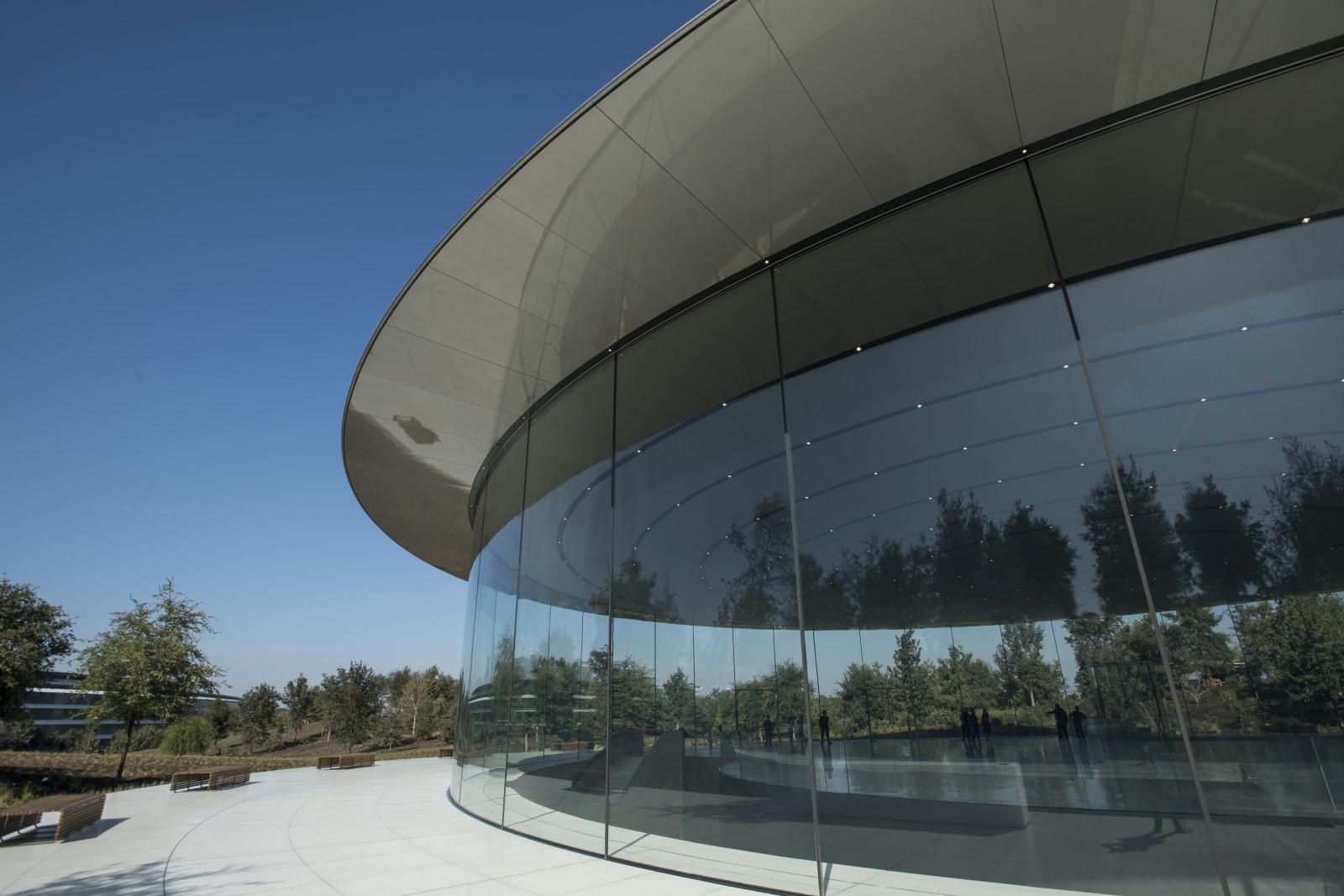 Apple opened its new campus last year -- a stunning, glass wall-filled space meant to encourage collaboration and cooperation. But Bloomberg reports today that this achievement in design appears to have sacrificed some functionality -- a growing them...
Apple opened its new campus last year -- a stunning, glass wall-filled space meant to encourage collaboration and cooperation. But Bloomberg reports today that this achievement in design appears to have sacrificed some functionality -- a growing them...

 A domestic property loses as much as 20 percent of its heat through windows. For big glassy commercial buildings, that figure is a lot higher, resulting in big heating bills and inevitable disputes among employees about the thermostat. But researcher...
A domestic property loses as much as 20 percent of its heat through windows. For big glassy commercial buildings, that figure is a lot higher, resulting in big heating bills and inevitable disputes among employees about the thermostat. But researcher...

